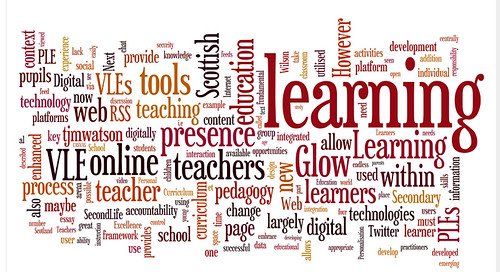When Clear Instruction And Visual Aids Are Not Enough
Why Gesturing is Far More Important Than You Ever Thought
Technology is moving quickly into every child’s education. The computers are filled with text and pictures, cartoons and drawings. Yet, in spite of all the amazing things that technology can do, some kids still don’t “get it.” What are some possible missing ingredients?
The more you know about learning the better. Here’s one item to consider: the nonverbals by the instructor are often missing from the menu in many kinds of technology. Gestures reveal unspoken messages and can reflect additional knowledge in both child and adult learners.
For example…
Years ago, UCLA pioneer Albert Mehrabian did landmark studies on nonverbal communication. He was the first to put numbers to the research, showing that the majority of ALL interpersonal communication is from nonverbal messages (1967). He described the tonality, facial expressions and a host of other nonverbal avenues that influence the message.
Just a subset of all possible nonverbals, gestures have been recently studied in the role of classroom learning. Gestures can also play a role in changing how the child or the adult REPRESENTS thoughts, either directly or indirectly.
Because gesturing reflects thoughts, it’s also an early marker of a change in thinking or emotional state. In this way, it can be used as a DIAGNOSTIC tool, since many problems will show us as improper, or missing, gestures. When students cannot gesture a thought, they may be having trouble conceptualizing it, too. In fact, gesturing (or its lack) may be the first sign of future developmental difficulty. And because gesturing can change thought, it may prove to be useful in the home, the classroom, and the clinic as a way to alter the pace, and perhaps the course, of learning and development.
Wow!
Children frequently gesture when they explain what they know, and their gestures sometimes convey different information than their speech does. This suggests that gesturing is indeed a vehicle through which children express their understanding. The knowledge children express uniquely in the form of gestures is accessible on other tasks, and in this sense, is not tied to the hands.
Gesturing might encourage children to extract meaning implicit in their hand movements. If so, children should be sensitive to the particular movements they produce and learn accordingly. Recently, investigators manipulated student gesturing during a math lesson. Children required to produce correct gestures LEARNED MORE than children required to produce only partially correct gestures, or NONE AT ALL. Hence, research findings suggest that a child’s body movements are involved not only in processing old ideas, but also in creating new ones.
Why do gestures work? One theory is that gesturing actually lightens cognitive load while a person is thinking of what to say. There is scientific support for this theory (see all of the references below). Another possible reason (my own theory) is that it makes the brain work harder to CHANGE THE REPRESENTATION from an abstract idea to a CONCRETE thought, hence, they learn better.
Telling children to gesture encourages them to convey previously unexpressed, implicit ideas; which, in turn, makes them receptive to instruction that leads to learning. Previous studies have shown that gesturing improves learning. In summary, researchers found that children told to move their hands in a fully correct rendition of a particular problem-solving strategy (grouping) during a math lesson solved dramatically more math problems correctly. More in “Applications” below.










